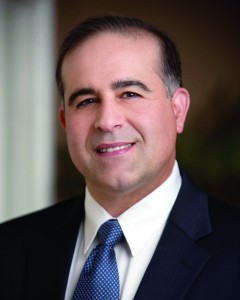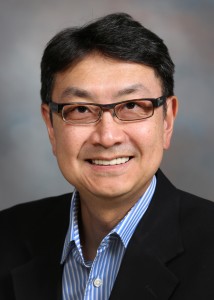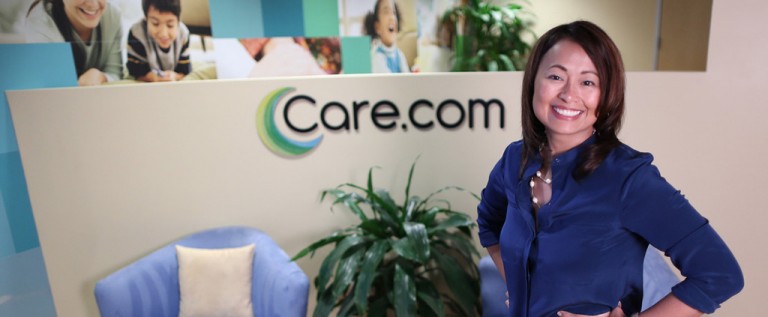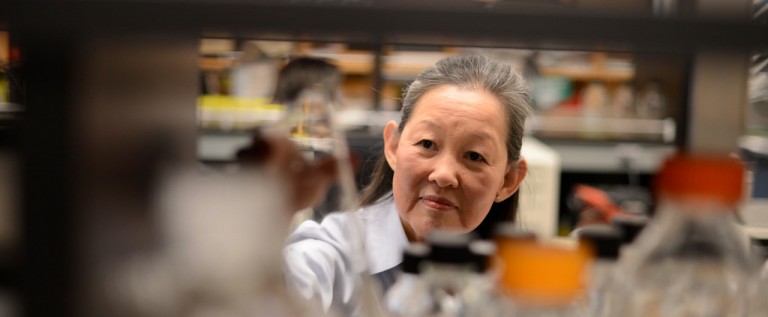How General Motors Succeeds At Incorporating Diversity By Catherine Law and Photos Provided by GM

In 1908, William Durant, the leading manufacturer of horse drawn vehicles, founded General Motors in Flint, Mich. GM is now 106 years old and prides itself on being a company of innovation firsts. They were the first to put in airbags; they introduced the first automatic transmission, the Hydra-matic for the 1940 Oldsmobile; they were the first to release an all-electric automobile, the “impact” concept car — the first car with zero emissions; and the list goes on.
GM’s innovation is not only reflected in the vehicles they produce but also echoed within the company’s diversity and inclusion efforts. GM has 12 Employee Resource Groups (ERGs), including ones for women, Asian Indians, veterans and more.![]()

![]()
Ken Barrett is GM’s first Chief Diversity Officer; his team, which represents various constituencies, showcases the company’s diverse workforce and inclusion efforts. Since Barrett assumed the role in 2012, GM’s ERG Council has been recognized as among the best in the nation. The Diversity Council includes seven different cross-functional teams, from the Strategic Diversity Working Group to the Executive Committee, which is chaired by CEO Mary T. Barra.
To understand the company’s ERGs, Barrett’s first task was to see how each of the ERGs were performing. Following a maturity model, the groups started off as employee task teams before evolving into affinity groups and then to present-day ERGs. As the groups continue to mature, they start to bring activities into external communities and have more involvement in talent acquisition and development programs. This progression is elevating the groups to become Business Resource Groups (BRG), where they will add increased value and connect to business results.
The ERG leadership base includes employees such as Bernie Wong, who has been the president of the Chinese Employee Resource Group since 2008 — he has an architect role supporting new car launches like the Chevrolet Corvette Stingray that was recently launched in Kentucky. By working with those leaders, Barrett helped each ERG develop a charter, an infrastructure and a business plan. He also assisted with identifying goals and focus areas for the ERGS to concentrate on, so that moving forward his role would be to refine their approaches and to support and acknowledge their progress.
So, does GM’s key to innovation lie in attracting exceptional and creative talent or by making the right investments in their ERGs? Its best diversity practices sheds light on the matter. According to Barrett, GM looks at best-in-class companies to learn new and innovative approaches. “GM was the first OEM (original equipment manufacturer) to have a Minority Dealer program and a Women’s Dealer program,” he said, and he views this as a best practice. “GM also started the first Supplier Diversity program in the auto industry in 1968, and today other companies are embracing what GM started.”
Barrett also addressed inclusion, which means he makes sure that each of the ERGs has a voice and is treated equally. The groups must have access to leadership, which he values as another best practice. According to Barrett, CEO Barra “walks the talk.” Barra was a GM intern who ultimately became the first woman to lead a global automaker.
Connie Burke, Senior Manager of Corporate Diversity, adds that CEO Barra takes diversity seriously, which is demonstrated in the company’s diverse team, including Grace Lieblein, the highest ranking Latina in the auto industry, Ed Welburn, the first-ever African American head of Global Design, and Alicia Boler-Davis, the highest ranking African American female within GM leading Global Quality and Customer Experience. This diverse senior leadership team gives employees a line of sight for their career paths, as well as lots of motivation to stay — a key win.
Wong, president of the Chinese ERG, posits that access to leadership is a helpful best practice for the ERGs, as he encourages his members to reach out to their assigned liaison (each ERG is assigned an Executive Champion) for career advice and development.
One of Barrett’s objectives is to ensure that “all ERG members are engaged and not just signing up for a distribution list.” The groups have passion in spades, but to encourage people to join requires consistent participation with truly active members to remain engaged and advance its mission to impact the business. A recent survey within the ERG showed that members wanted activities ranging from social to business-related programs such as career development and mentoring opportunities.
There are specific ERG events geared towards their own communities as well as other activities like the Chinese New Year banquet, which is open to everyone. “More than 50 percent of the attendees were non-Chinese members,” said Wong. The ERG leaders actively seek to engage their fellow groups in the broad range of events and programs hosted by each group. As a result, membership in Wong’s ERG has increased by more than 20 percent this year, and 300 people attended their most recent picnic.
Looking at his accomplishments with GM diversity thus far, Barrett said, “As the bar continues to move, we have measures to make sure the ERGs are successful and have improvements in certain areas.” His motto is to be great today, better tomorrow. The focus is on not only the ERG’s opportunities to build their memberships, but also to encourage community engagement, to actively seek talent in the constituency, and ultimately, to sell vehicles.
In the 21st century, “it’s really about maintaining an inclusive culture; it is critical to get that part right,” explains Mr. Barrett. “Diversity is not about counting heads. It’s about making those heads count. It is making every single person within the organization feel empowered to infuse his or her point of view — that diversity of thought — into the challenges and opportunities we face each day.”
Burke adds, “Looking forward, both the leadership team and the employee base should match your consumer base — this is what we are working toward.”







